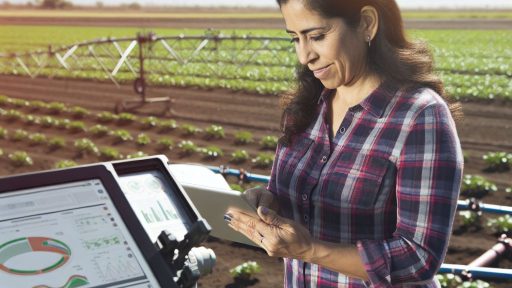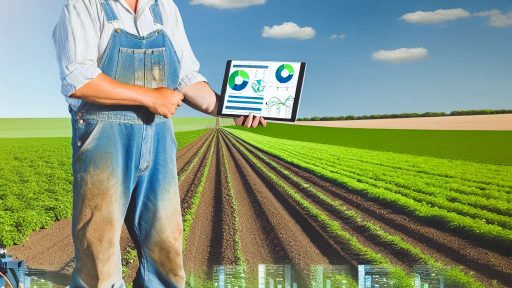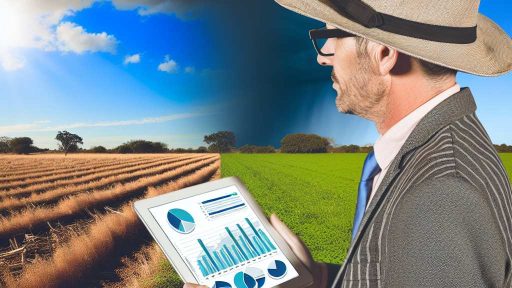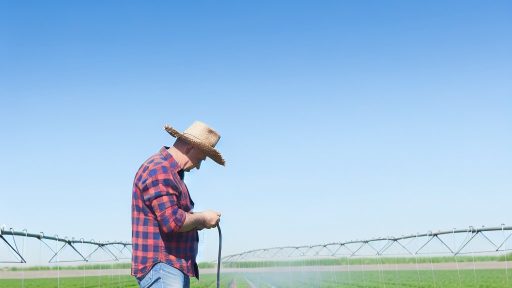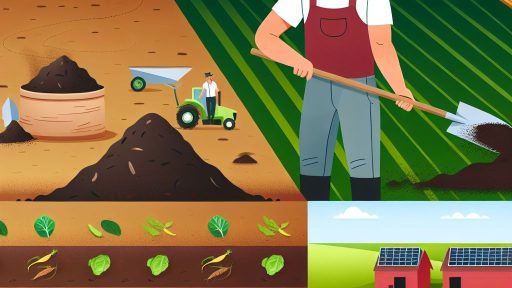Climate Impact on Agriculture
Climate Impact on Agriculture: Navigating the New Normal
Climate change poses significant challenges to agriculture, affecting crop yields, livestock, and the livelihoods of farmers worldwide.
The shifting weather patterns, extreme weather events, and unpredictable seasons demand adaptive strategies to sustain agricultural productivity.
This guide explores the impact of climate change on agriculture and outlines actionable measures for resilience and adaptation.
Understanding the Impact
Temperature Variations
- Effect: Alters growing seasons and affects crop maturation rates.
- Result: Can lead to reduced yields or crop failure.
Increased Precipitation and Flooding
- Challenge: Damages crops, erodes soil, and disrupts planting and harvest schedules.
- Consequence: Loss of nutrients and increased pest and disease prevalence.
Drought and Water Scarcity
- Issue: Limits water availability for irrigation, affecting crop and livestock health.
- Outcome: Reduced agricultural productivity and increased vulnerability to wildfires.
Extreme Weather Events
- Risk: Storms and hurricanes can devastate crops, infrastructure, and livestock.
- Impact: Immediate loss of produce and long-term damage to farming assets.
Adaptive Farming Practices
Diversifying Crops
- Strategy: Plant a variety of crops to mitigate the risk of total crop failure.
- Benefit: Increases farm resilience and soil health.
Water Management Techniques
- Approach: Implement efficient irrigation systems and water conservation practices.
- Advantage: Reduces vulnerability to drought and ensures sustainable water use.
Soil Conservation
- Method: Use cover crops, no-till farming, and other soil management practices to prevent erosion and retain moisture.
- Effect: Enhances soil fertility and water retention capacity.
Climate-Resilient Crop Varieties
- Action: Develop and plant varieties that are more tolerant to heat, drought, and pests.
- Advantage: Maintains productivity despite climatic challenges.
Leveraging Technology and Innovation
Precision Agriculture
- Tool: Utilize sensors, drones, and data analytics for efficient resource management.
- Purpose: Optimizes inputs like water and fertilizer, enhancing yield and sustainability.
Agroforestry and Permaculture
- System: Integrate trees and perennial plants into agricultural landscapes.
- Goal: Create more resilient and diversified farming systems.
Policy and Community Engagement
Advocacy for Supportive Policies
- Need: Engage with policymakers for climate-resilient infrastructure and financial support.
- Aim: Secure investment in research, technology, and farmer training.
Building Community Networks
- Opportunity: Share knowledge, resources, and strategies within farming communities.
- Result: Strengthens collective resilience and supports innovation.
Conclusion
Climate change significantly impacts agriculture, but with proactive planning, adaptation, and innovation, farmers can navigate these challenges.
By adopting sustainable practices, leveraging technology, and engaging in community and policy advocacy, the agricultural sector can not only survive but thrive in the face of climate change.
The path forward requires a commitment to resilience, sustainability, and collaboration to ensure food security for future generations.





